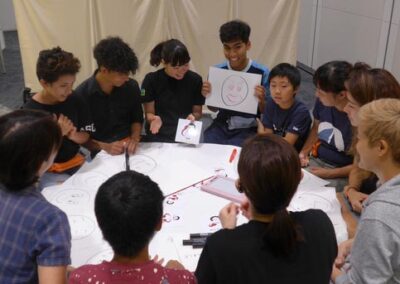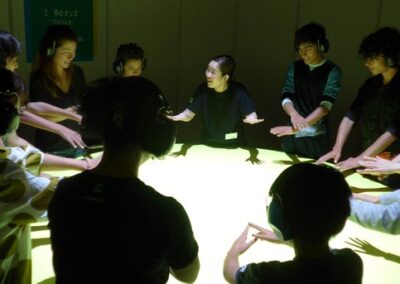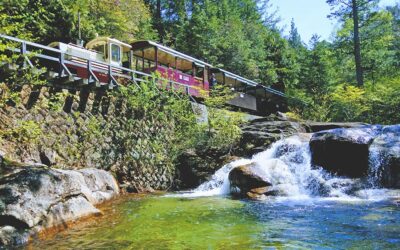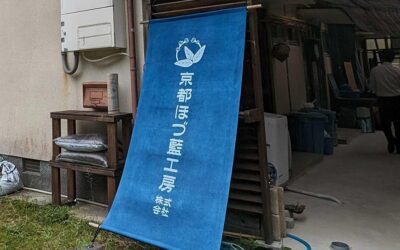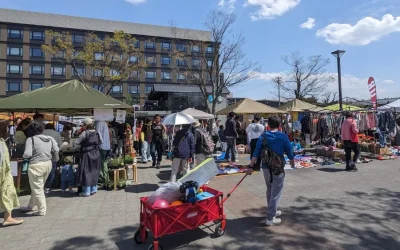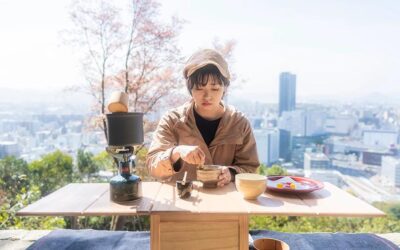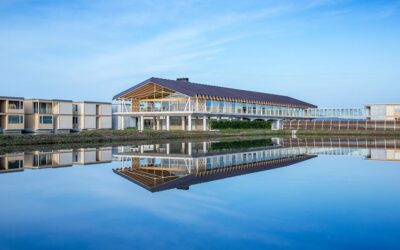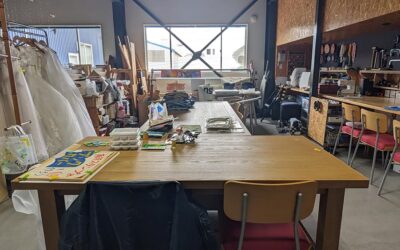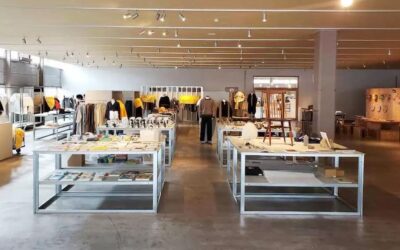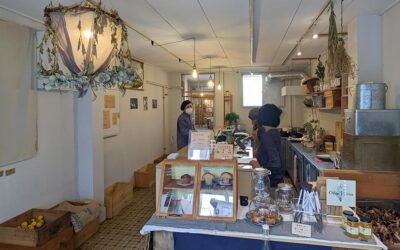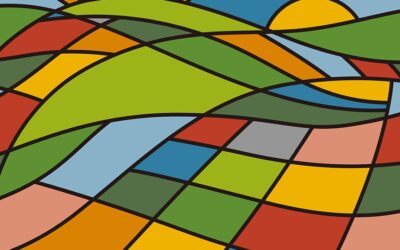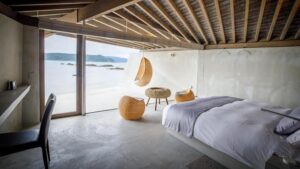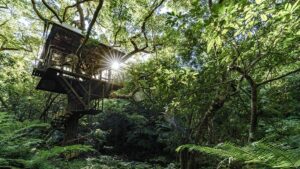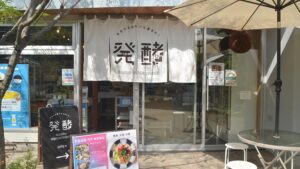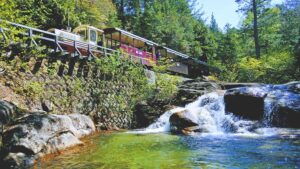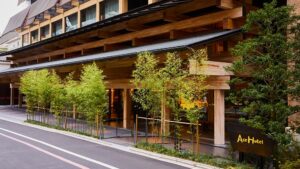Japan’s first museum themed on diversity, “Dialogue Diversity Museum” or “Dialogue in the Forest,” serves as a space for equal dialogue, transcending all differences. Here, individuals with visual and hearing disabilities, as well as seniors over 70, work as program guides.
Specifically, visitors can experience three types of social entertainment held around the world, including Japan: “Dialogue in the Dark,” “Dialogue in Silence,” and “Dialogue with Time.”
“Dialogue in the Dark” lets visitors explore various daily life scenarios in total darkness, guided by professionals with visual impairments, using senses other than sight.
In “Dialogue in Silence,” visitors wear a headset to block sound and are guided by experts living without relying on sound – individuals with hearing impairments – to enjoy conversation beyond language barriers.
“Dialogue with Time” encourages contemplation about aging through dialogues about ways of living across generations, alongside guides aged 70 and over.
Andreas Heinecke, a German philosopher, conceived the initiative that led to these three activities, “Dialogue in the Dark,” in 1988. While exploring the reasons for and solutions to discrimination, he became convinced that equal dialogue was necessary for different cultures to merge. He thought of blocking vision to achieve non-judgmental dialogue.
“Dialogue in the Forest” promotes the possibility of a new way of working: not as a job that can be done “despite” being disabled or elderly, but as work that can continue precisely because of the experience and wisdom gained from overcoming difficulties.
The Dialogue Japan Society, a general incorporated association that manages and operates the museum, aims to create a society where everyone can feel their irreplaceable value, believe in one another, and help each other. Through repeated dialogue, they hope to provide opportunities for people to realize that having or not having a handicap simply means that individuals have different strengths. One attendant of “Dialogue in Silence” shared, “I realized that losing my hearing allowed me to acquire the power and breadth of diverse communication not solely reliant on words, which made me happy.”
“Dialogue in the Forest” will likely teach that majorities and minorities can change depending on the situation and environment, and that rather than distinguishing between able-bodied individuals, disabled individuals, and the elderly, everyone is unique and possesses their own appeal.
Originally published on IDEAS FOR GOOD.

